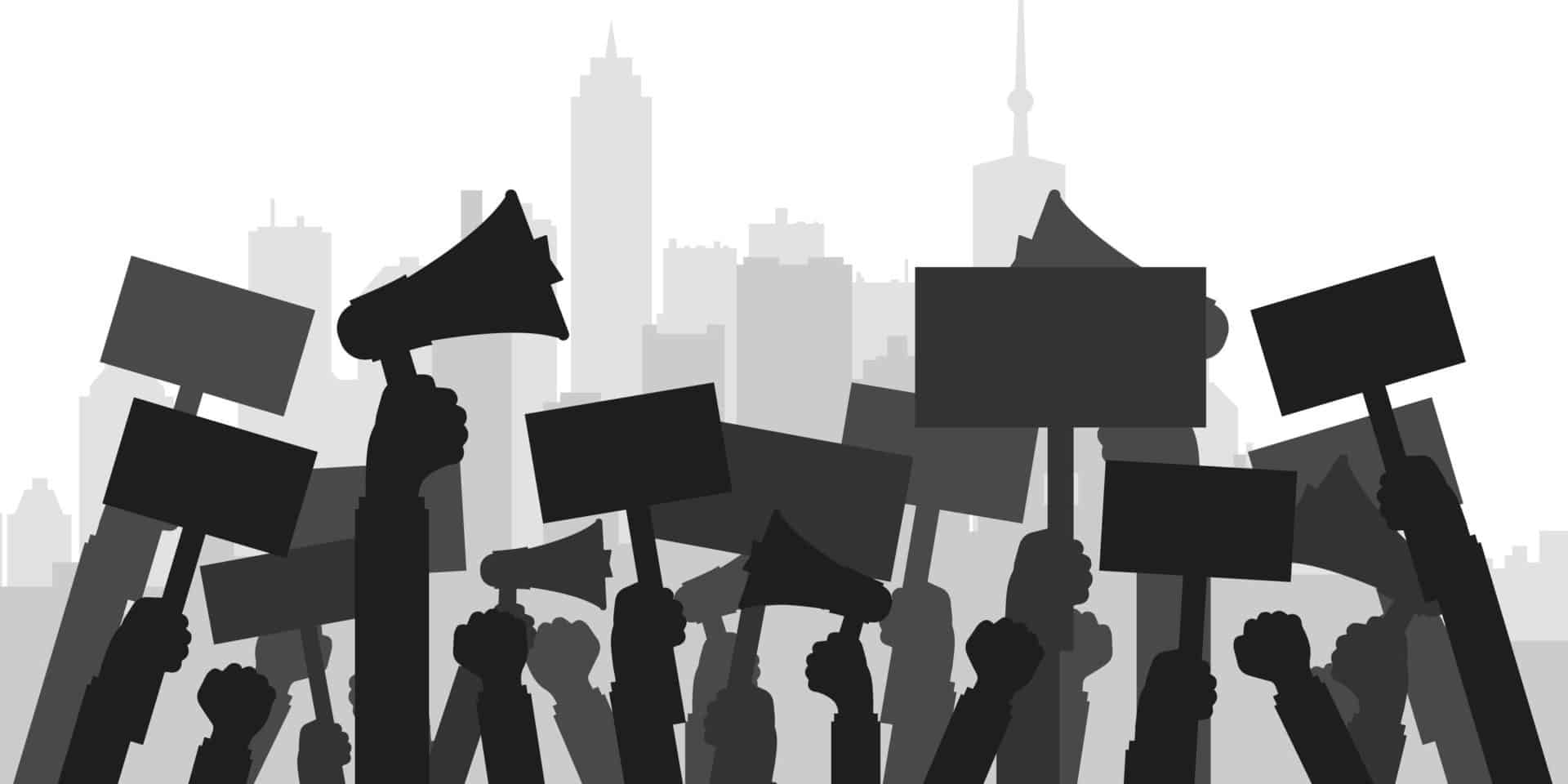Free Consultation
Free Consultation

Over the past year, the civil unrest that has been generated by the death of George Floyd has sparked some serious change in the ways that communities do things.
In fact, the force police use, sometimes called excessive, is under the microscope in communities both large and small, and in New York, things have been taken a step further.
New York Attorney General, Letitia James, has filed a lawsuit against the New York Police Department as well as the city of New York for the excessive force they believe was used in the racial justice protests in the summer of 2020.
The lawsuit is asking the NYPD to have an independent monitor oversee systemic reforms to their policing policies and practices. But what does it mean for police to use excessive force and how does that differ from regular force?
Here’s what you need to know and what you can do if you believe you’ve been a victim of the use of excessive force by police.
In a perfect world, the police and other authorities wouldn’t use more force than they need to in a given situation. Of course, it’s not a perfect world and there have been many instances where police used more force than was necessary – and that is excessive force.
Excessive force is the force that exceeds the level of perceived threat. Sometimes, it may be legal for an officer to use excessive force if they think they are protecting themselves or others from death or injury, but the use of force is dependent upon the situation.
Police actions in circumstances should be reviewed and in order to understand if it was excessive force or not, a few things are often considered such as:
Excessive force can involve a physical attack or use of a gun, but it doesn’t always have to. It can be considered excessive if actions are taken that aren’t necessary for the situation such as:
It’s not just the New York Attorney General who is calling out the NYPD for excessive force, New York Governor Andrew Cuomo also has entered the discussion.
He signed an executive order this summer that is meant to help reform the police and reinvent their roles in the community — and addressing the use of excessive force is a part of it too.
The executive order requires local governments with police agencies to comprehensively review their force deployments, policies, procedures, and practices first.
It also calls for the development plans to improve each area to address the needs of the community. The hope is that changes can help to foster trust between law enforcement and the community they serve.
In the meantime, if you believe you’ve been a victim of police brutality, you may be hesitant to come forward, but you shouldn’t be.
The tide is turning when it comes to law enforcement procedures, and the environment is becoming less and less friendly to officers that abuse their positions and employ excessive force in situations. Know your rights and understand that part of those rights are not to be brutalized by police.